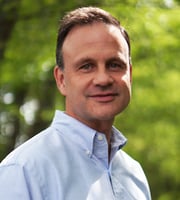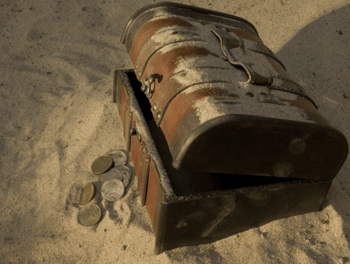 |
An interview with Brian Murphy, Senior Vice President, Marketing Analytics & Technology
Q: Brian, acquisition is getting more expensive by the day. And as many as 70% or more of new donors won’t ever give a second gift. But what are the alternatives?
A: Well, a number of nonprofits own an asset that isn’t being utilized to its fullest: their database. There can be hidden treasure in a database – names that have been acquired and paid for but for all intents and purposes are buried.
 Q: What kinds of treasure are we talking about?
Q: What kinds of treasure are we talking about?
A: Untapped revenue sources.
One of the largest sources may be donors who have been lapsed for a decade or more. But they could also include event participants and donors, advocates, and people who were engaged in other types of peer-to-peer programs.
We’ve found that if we approach these audiences a little more creatively, they can be cost-effective alternatives to acquisition in many cases.
Q: You say that you’ve been able to reactivate donors who’ve been lapsed for 10 years or more? How?
A: It’s hard to reactivate long lapsed donors when you’re using RFM, which treats everyone within a segment the same way. But a number of nonprofits have experienced great results through modeling at the individual level.
Q: How about modeling for lower dollar donor records? Those that have given before, but gave a small gift.
A: I’m glad you asked about that and you’re right. While the “M” in RFM - monetary - is really important, a well-built model looks well beyond the amount of a previous gift and identifies donors with both the ability to give again and give at a higher level.
Q: What can modeling do that RFM can’t?
A: To give you an example, THD’s lapsed reactivation model leverages thousands of data points – psychographic, behavioral, transactional, engagement, motivations, preferences and far too many more to name – to pinpoint with surgical precision the lapsed donors most likely to renew their support.
To continue the buried treasure analogy, it’s the difference between sweeping the ocean floor with a net or using the most sophisticated radar technology available. With the technology, you have the equipment you need to find exactly what you’re looking for.
Q: Beyond long lapsed and low dollar donors, where else have you seen success?
A: Over the last few years, we’ve also seen a dramatic fall off in nonprofit peer-to-peer programs like Family and Friends Drives and Neighbor-to-Neighbor Campaigns. This is another area where modeling can make a huge difference. We can model participants as well as donors.
Q: The same basic principle applies to event names as well, correct?
A: That’s right. And for nonprofits who do a great deal of advocacy, those names could be another source of untapped revenue.
Q: Isn’t modeling costly?
A: I think there is a real misconception about the cost of modeling. Many modeling vendors, including THD, will build a model and execute a test to measure model performance at little expense to the client. Test costs are typically much lower than other alternatives – for example developing and testing a new creative package. And the risk is very low because you only need a test panel with enough volume to get a statistically valid read.
But the exciting element of modeling for me is the immense VALUE it is driving for our clients’ programs. The return on investment (ROI) is usually very high.
Q: So you consider modeling a low risk and high value method of mining your database for “buried treasure.”
A: I couldn’t have said it better myself.
To continue this conversation with the team at THD, click here.





